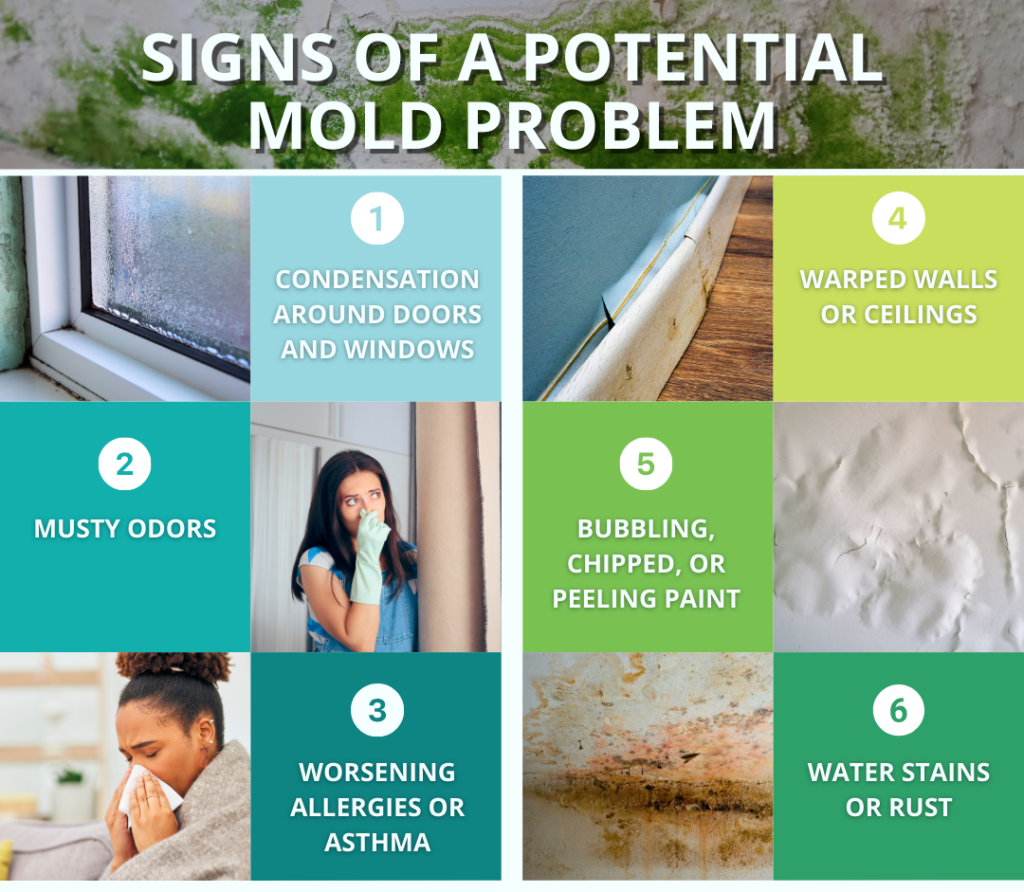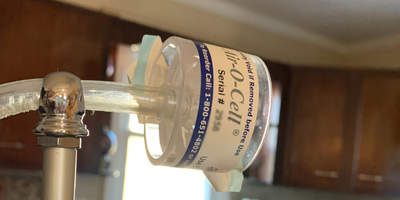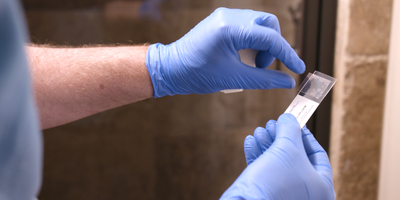Mold can be a stealthy intruder, creeping into the unseen corners of your home long before you notice any visible signs. That’s where mold testing comes in. By identifying hidden mold growth early, mold testing helps you address potential threats to both your home’s structural integrity and your family’s well-being. Whether you’re dealing with unexplained allergy symptoms, persistent musty odors, or recent water damage, mold testing offers a way to uncover what might be lurking unseen within your home. In this article, we’ll explore the signs that might prompt a mold test, what the testing process involves, and how it can safeguard your living environment from hidden dangers.
What Signs Might Cause Suspicion for Potential Mold Growth
Mold growth isn’t always easy to spot, but several early warning signs can hint that trouble may be brewing behind the scenes. Common indicators include:
- Unexplained allergies or respiratory issues like sneezing or coughing that worsen at home.
- Musty odors that persist in certain areas of your home, even if mold isn’t visible.
- Visible water damage or dampness, such as stains, bubbling paint, or damp spots. This is particularly concerning after heavy rainfall or flooding, which can impact homes in Kansas City and Overland Park.
- Recent flooding or water leaks, which can create the perfect conditions for hidden mold growth. Homeowners in Kansas City and Olathe who have experienced water damage should consider mold inspection as a precautionary step.

If you notice any of these signs, it may be time to consider professional mold testing to ensure that a hidden problem doesn’t grow into a major issue. For a more in-depth look at these early indicators, you might find our article on the 10 Common Warning Signs of Mold in Your Home helpful.
What Mold Testing Entails
Mold testing goes beyond simply looking for visible signs of growth; it is a thorough process that aims to detect mold in its early stages. A professional should begin with a detailed visual inspection, focusing on any areas with potential moisture concerns. This may include checking crawl spaces, basements, plumbing, and HVAC systems, as these places are prone to moisture intrusion and hidden mold growth. If mold is suspected, samples are then collected through various methods.
Sampling might involve surface swabs or tape samples taken from visible areas of growth, as well as air samples to measure the concentration of mold spores in the air. These samples are sent to a lab for analysis, where experts identify the types and levels of mold present. Alongside these, moisture meters or infrared cameras might be used during the inspection to identify areas with high moisture, which often indicate hidden mold hotspots that aren’t yet visible to the naked eye. Learn more about signs of hidden mold growth to stay proactive in identifying potential mold issues.
Different Types of Mold Testing
There are several methods for mold testing, each suited to different situations:
Air Quality Sampling: Our most recommended option – this method involves collecting air samples from different parts of the home and comparing them to a control sample from outside. It helps determine the concentration of mold spores in your home’s air and offers a clear picture of your indoor air quality.

Surface Sampling: Effective when visible mold needs to be identified and assessed. By testing surfaces like walls, floors, or vents, this method helps determine the specific types of mold present.

Bulk and Dust Sampling: Used to measure mold contamination in materials like carpets or insulation, helping to understand the extent of the issue in areas like drywall or floorboards.
ERMI Testing: Known for its comprehensive analysis of settled dust, ERMI provides a broader view of mold exposure over time. However, it is less effective for assessing a current mold problem since it can detect mold that may have been present for years. Air quality sampling is often preferred for a more immediate understanding of a home’s mold levels.
Why We Recommend Air Quality Sampling in Most Cases
Air quality sampling is frequently recommended because of its ability to detect mold spores even when there is no visible growth. This method allows homeowners here in Kansas City to address hidden mold problems before they escalate, offering a sense of reassurance and a proactive approach to maintaining a healthy living environment. It’s especially valuable in situations where there are health concerns, such as unexplained allergies or asthma flare-ups, as it helps identify high concentrations of airborne mold spores that could be affecting the respiratory system.
The results of air sampling also serve as a baseline for any remediation work that may follow. After mold treatment, a follow-up test can be conducted to ensure that spore levels have returned to normal, confirming the effectiveness of the remediation process and health of the indoor air quality environment. Moreover, knowing the specific types of mold present can be crucial in understanding potential health risks and tailoring the remediation efforts to address those risks directly. For insights on how mold levels can impact your health, check out Mold Exposure: The Numbers You Need to Know.
The Results
After samples are collected and analyzed, you’ll receive a detailed lab report that provides a clear picture of the mold situation in your home. Our lab reports include a visual, color-coded chart with graph-based representations of the results, making it easy to see how your home’s mold spore levels compare to safe, outdoor levels. These reports specify the types of mold detected, their concentrations, and any areas of concern that need further attention. Learn more about our testing process and results in our mold remediation case study.
Typically, results are available within 3-5 business days, though expedited options can be requested if time is a factor. Along with the lab analysis, you’ll receive an interpretation of the findings and recommendations for the next steps, whether that involves remediation or simply keeping an eye on certain areas. With this information in hand, homeowners can take decisive action to ensure that their homes remain safe and healthy environments for their families.
Mold Testing in Kansas City
At Genesis Healthy Homes, we provide professional mold testing and inspection services across the Kansas City Metro area. Whether you’re in Kansas City, Olathe, Overland Park, or another nearby community, our team is equipped to handle all your mold testing needs. With our expertise in air quality sampling, surface testing, and moisture assessment, we can help you uncover mold growth before it becomes a serious issue.
Our services extend to many of the surrounding towns and cities in the Kansas City metro area, including:
- Kansas City, KS
- Olathe, KS
- Overland Park, KS
- Leawood, KS
- Lenexa, KS
- Shawnee, KS
- Kansas City, MO
- Lee’s Summit, MO
- Blue Springs, MO
- Grandview, MO
- Independence, MO
- Raytown, MO
If you’re experiencing any signs of potential mold growth or want peace of mind after a recent water event, our comprehensive mold testing services can help ensure your home remains a safe and healthy space. Reach out to Genesis Healthy Homes today at (913) 909-3582 or fill out our contact form here to schedule your mold inspection and take the first step toward a cleaner, healthier home.

